
Zach
gamer level 3
840 xp
840 xp
followers
12
12
Use my invite URL to register (this will give me kudos)
https://boardgaming.com/register/?invited_by=esoteric23
profile badges
...
...
...
...
recent achievements

Novice Grader
Grade 20 more reviews or tips by clicking "Yes" or "No" in response to the question "Was this helpful?"
Grade 20 more reviews or tips by clicking "Yes" or "No" in response to the question "Was this helpful?"

Subscribed to BG News
Subscribe to the weekly BoardGaming.com newsletter (from the home page).
Subscribe to the weekly BoardGaming.com newsletter (from the home page).

Noble
Gain 2 followers
Gain 2 followers

Amateur Grader
Grade 10 more reviews or tips by clicking "Yes" or "No" in response to the question "Was this helpful?"
Grade 10 more reviews or tips by clicking "Yes" or "No" in response to the question "Was this helpful?"

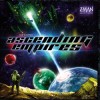












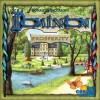


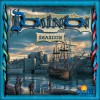







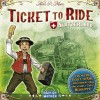






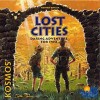






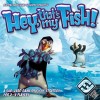





Bohnanza
Bohnanza is a bit of a weird game. Of course, I don’t need to tell you that. A game about trading and farming beans is pretty obviously weird.
When I teach Bohnanza, there are a number of strange little rules that throw new players off. You can’t rearrange your hand! The order matters. New cards go in at the back, you play the cards from the front… but when you trade, the cards can come from anywhere. On your turn, you have to play the first card out of your hand… but you can play two. You start with only two bean fields. It’s okay, though: you can harvest at any time, but if one of your bean fields only has one card…
Their eyes glaze over. They’ve never seen such a fiddly game. “I just want to put the different bean types all together like any reasonable card game!!” they say.
But soon, they see what’s going on.
The fixed hand order, the forced planting, the limited space. These strange restrictions breed perhaps my favorite trading game of all time. When the tidal forces of these restrictions meet the vagaries of the bean deck… well, sometimes you draw the most valuable bean in the game… but it’s going to cost you huge if you don’t give it away for free. Or worse.
And somehow, the games are always tight. I’ve played this hundreds of times and I don’t think I’ve ever won by more than 4 points. Sure, introverted players are at a disadvantage, but I’ve found that even the most reserved players get into it. They learn that you have to get in there and make offers. You have to become the Gordon Gecko of beans.
But it’s a social game, too. I’ve gotten handily beaten when pushing a little too hard for value in a trade turned the whole table against me.
There’s so much depth here, hidden behind a tiny deck with ridiculous illustrations and a few oddball rules. But in the decade since I became an “avid gamer”, there are very few games in my collection that have seen as much consistent play, year after year, as Bohnanza.